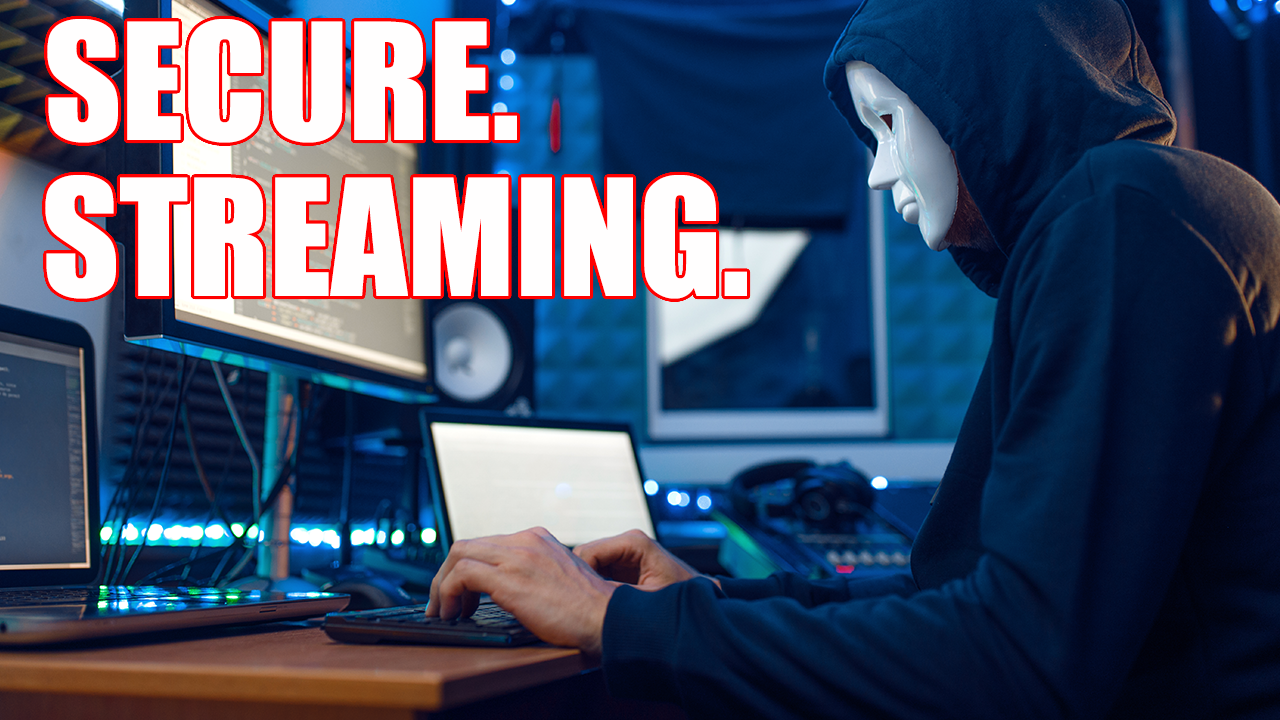The Must-Have Features To Ensure Secure Video Streaming
Online video streaming has become more popular, and the video streaming platforms are being used by educational institutions, businesses, and government agencies. However, with the growth of the online streaming industry, the threats from pirates and hackers are also spiking because some people want to take benefit of the broadcasters. Having said that, there is a need for secure video streaming.
With this article, we are sharing the must-have security features you need to consider when selecting the video streaming platform to ensure your streaming experience is seamless and delivers the security that you need. So, are you ready to find out the details?
Understanding Secure Video Streaming
Secure video streaming is defined as the type of online video streaming that focuses on security and privacy. There are various factors associated with secure streaming, but everyone takes a different approach. This is because some people only need to use a password to protect themselves from unwanted viewers while some people demand cutting-edge encryption and more in-depth security protocols.
According to research, the online video streaming industry was estimated to have a value of $50.1 billion back in 2020, and it’s expected to grow to $184.7 billion by the year 2027. So, with this immense growth potential, the need for secure streaming is evident, particularly for the broadcasters who are using video monetization. Having said that, secure video streaming is convenient in situations when broadcasters like to keep the video content secure and private.

The Must-Have Features To Ensure Secure Video Delivery
There are some particular features that are important to support secure streaming. For the most part, these security features are available for on-demand video platforms and hosting secure live video streaming. Now, let’s have a look at some must-have features.
Password Protection
Password protection is one of the basic yet most important forms of security. This is because it allows the users to set the password blocking on the video content to ensure no one can see it. This means that the video stream will be secure as long as you are protecting the password. Having said that, password protection is important for small businesses or for passing around the video privately before it’s shared with the public.
However, you need to remember that password protection is not fully secure as passwords can be easily leaked by the recipients, which is why it’s important to change the password after every few months. In addition, you need to conduct routine checks on Google for the leaking passwords.
Domain & Geographic Restrictions
There are two forms of restrictions that video broadcasters can utilize for protecting their online videos. The first one is domain restriction, with which the domain is put under restriction whenever the stream is being played. When you set up domain restrictions, the broadcasters need to type the website URLs on which the videos can be played. Once it’s set up, no one will be able to embed the videos on another website, reducing the chances of pirating.
The second one is geographic restrictions which utilize the IP addresses for whitelisting specific countries. To illustrate, the broadcasters can select the countries where their videos can be played, and people from other countries won’t be able to watch them. Geographic restrictions are suitable for broadcasters who want to share their content in specific locations, and it’s one of the most accurate methods of protecting online streaming.
Secure Paywalls
If your online video streaming platform is monetized, ensuring proper payment security is essential. This is because if there is no strong payment security measure, there are high chances that you will lose customers because of mixed-content warnings. Even more, it can result in bad press, and there is always a chance of legal action because you failed to protect the customer’s information. For this purpose, you can opt for an in-player payment system.
With the in-player payment system, the platform will be fully HTTPS and will use bank-grade SSL encryption to protect the payment information from malicious acts. Moreover, this security system prevents the chances of login information sharing, so no one can bypass paywalls.
Dynamic Token Security System
This is another advanced security system that ensures that the video security is fully tokenized and is a promising option for video content that’s embedded in the app or website. With the implication of a dynamic tokenized security system, the video player can call the server for new tokens after every few minutes. It’s a great method of ensuring that security measures and restrictions are properly checked. Also, if there are no tokens available, the video streaming will be immediately cut off.
The Bottom Line
In the industry where attack and threat vectors are constantly growing, ensuring secure video streaming has become essential. So, it’s essential to assess the goals and implement the above-mentioned security features to meet the streaming objectives.
Disclaimer: Upgrade guy has no Affiliation with any other the applications discussed in our articles, videos or products. We do not condone the infringement of copyrighted material. Upgrade Guy does not verify if applications carry the needed licensing for the media that is accessed. If you feel like anything we have posted violates copyright laws, feel free to contact us so we can remove any issues.
There are affiliate links imbedded throughout this article. Purchasing through these links does nothing but supports us and costs no extra money for the buyer. We get a small kick back for your purchase.




